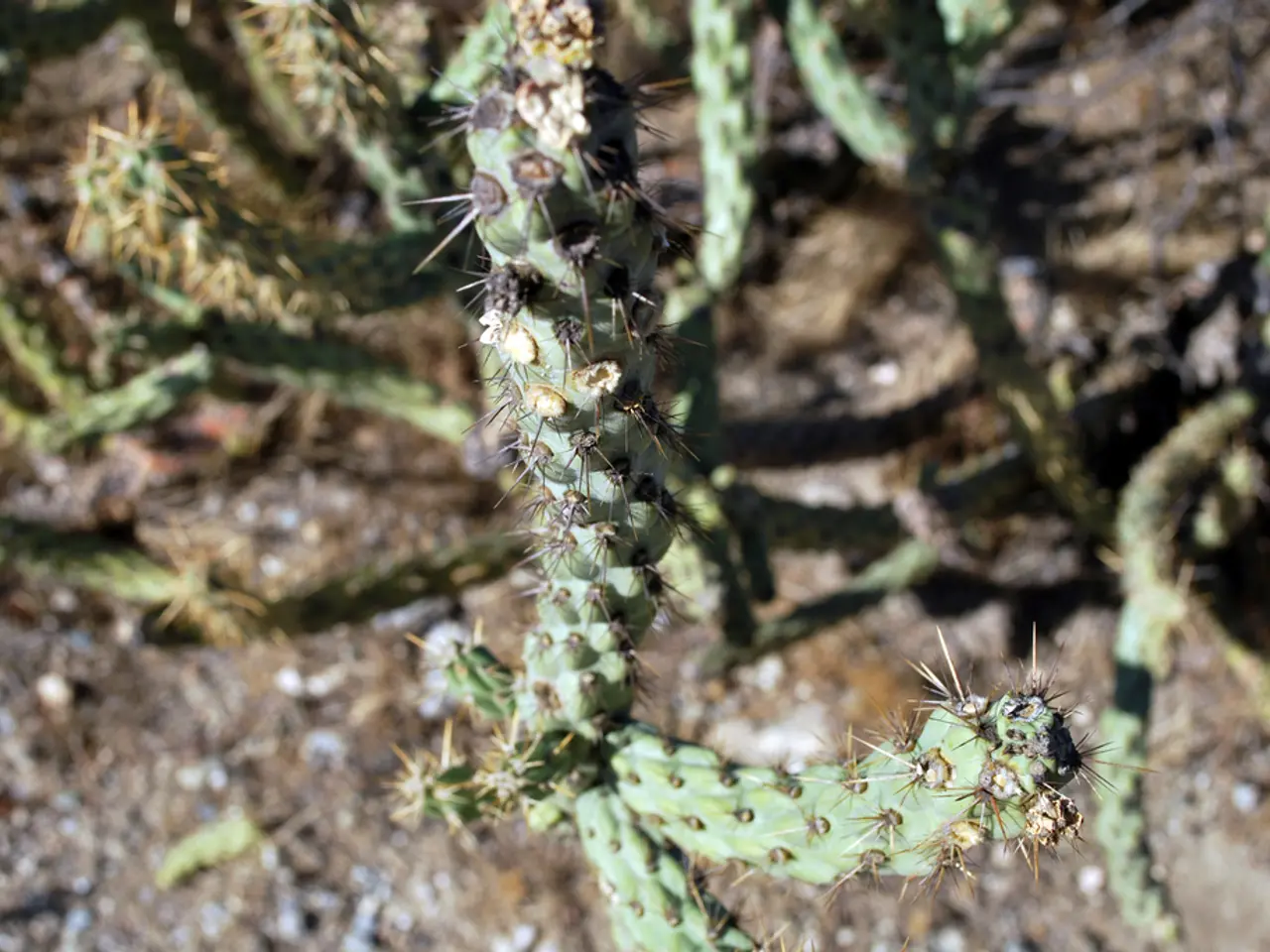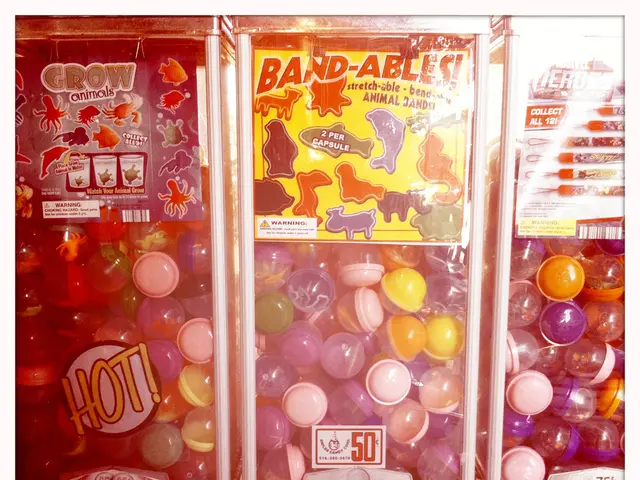Caring for Succulents: A Comprehensive Guide
In the world of horticulture, succulents have become a popular choice for garden enthusiasts due to their unique appearance and low-maintenance nature. As the colder months approach, it's essential to adjust your succulent care routine to ensure these resilient plants remain healthy. Here's a guide to help you care for your succulents during winter, focusing on watering, temperature, and humidity.
**Watering:**
Reducing watering is key during winter. Succulents typically require watering only when the soil is completely dry. For example, Sempervivum Red Lion should be watered about once a month or not at all if temperatures drop below 50°F, avoiding water when the soil is damp to prevent root rot.
Adopt the "soak and dry" method: thoroughly water the soil until it drains out, then allow the soil to dry out completely before watering again. This helps avoid prolonged moisture that can harm roots. For some succulents like Haworthia Cymbiformis, it's advisable to let the soil dry for several days between watering, especially in colder conditions.
**Temperature:**
Maintain moderate temperatures between 55°F and 80°F (about 12°C to 27°C) for succulents during winter. Cooler temperatures help extend watering cycles and reduce stress on the plants. If grown indoors, placing succulents near an east- or south-facing window provides optimal light exposure while maintaining safe temperature ranges.
Avoid exposure to freezing temperatures as most common succulents are not frost-tolerant and may suffer damage if left outside during cold weather.
**Humidity:**
Succulents prefer low to moderate humidity. In winter, indoor heating can dry out the air, so grouping plants together can help raise localized humidity around them. Ensure good ventilation by placing succulents near a window or air vent to allow air circulation and prevent fungal issues caused by stagnant humidity.
In summary, during winter, water sparingly with thorough soak-and-dry cycles, keep succulents in cool but frost-free temperatures around 55-80°F, and maintain moderate humidity with good air flow to keep them healthy through the dormant or slower growth season.
It's also important to note that mealybugs are a common pest that can attack all succulents. They should be removed by hand or with a predatory wasp such as Anagyrus vladimiri. If the temperature falls below 12°C, reduce watering further, to once every two months.
Propagating a succulent using leaf cuttings, stem cuttings, or basal ('pup') division is another exciting aspect of succulent care. Leaf cuttings are the easiest method of propagation. This method involves bending a large leaf downwards until it snaps, placing it on a dry tissue for two days, and then vertically placing the bottom quarter of the leaf into peat-free, cactus and succulent compost.
With these tips in mind, you're now equipped to care for your succulents during winter, ensuring they thrive even in the colder months. Happy gardening!
Maintaining a suitable lifestyle for your succulents during home-and-garden renovations is crucial to ensure their survival. Reduce water intake, adopt the "soak and dry" method, and keep temperatures between 55°F and 80°F for healthy succulents over winter.




